Marine Biology
biol 318 - Pacific rim - Summer Session II
Marine Biology focuses on intertidal life and marine ecology in oceanic and geophysical context. Students study the biology of marine plants and animals in the field, specifically trophic dynamic relationships of eel grass communities and the intertidal zone, workings of the island systems of Puget Sound, ecological roles of sea birds and fishes, population and community structure dynamics, exploitation and oceanic microbialization, and biogeochemical processes and their linkages with the biosphere. Marine stewardship and effects of human activity on the marine environment are integral to the course. Prerequisites: General biology or permission of professor. (4 credit)
Field
Professor: Dr. Tim Wakefield
Meets: Monday & Thursday
knowledge gained
Recognize and understand basic marine biological terms and concepts
Understand the general and habitat-specific biology that occurs in marine systems
Understand the relevance of marine biology to current scientific, social and economic arenas
Recognize and identify a variety of marine organisms from the Pacific Northwest marine ecosystem
skills developed
Marine taxa identification
Scientific illustration
Self-reflection
field experiences
Casey Lighthouse (Human domination of the marine environment)
Ebey’s Landing Double Bluffs (Geological forces in the marine environment)
Camp Casey Tidepools – Whidbey Island (Rocky Intertidal algae and invertebrates)
Keystone Jetty (Rocky Intertidal algae and invertebrates)
South Whidbey State Park (Forest/Marine interaction)
San Juan Island - Lime Kiln State Park (Marine Mammals)
Coupeville Wharf (Biological Stratification)
Grasser’s Lagoon (Mudflats)
Snakelum Point (Sandflats)

